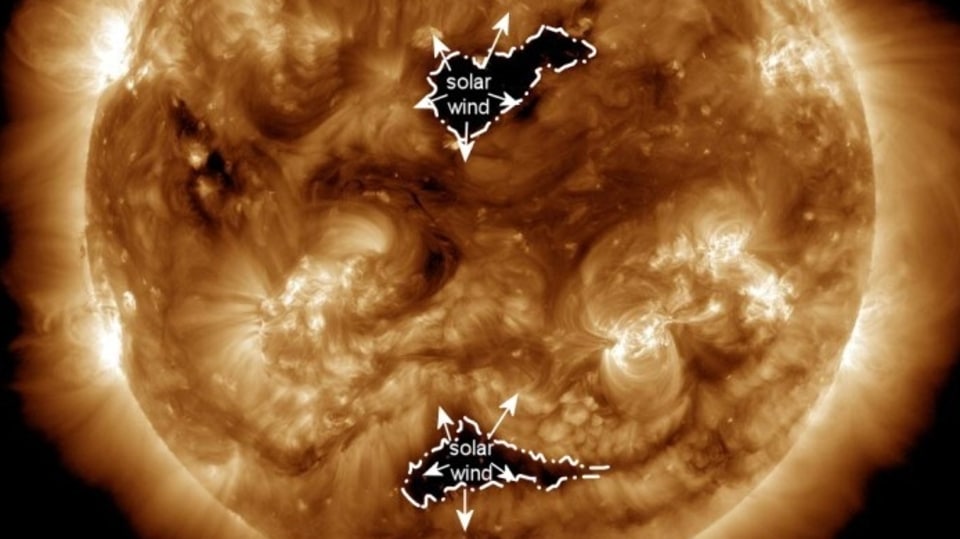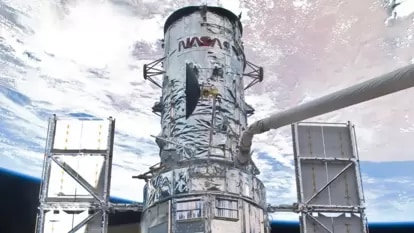Dangerous solar storm strikes Earth on Winter Solstice day! More set to hit today
A double hole on the Sun’s surface has sent a dangerous solar storm to Earth and that too on Winter Solstice day. More solar storm activity expected today, December 22.






 View all Images
View all ImagesJust a couple of days ago, a shockwave caused by fast-moving solar winds caused a crack in the magnetosphere of the Earth, which resulted in unexpected solar storm activity. Now, there is a relentless attack, as another solar storm has struck our planet in the early hours today, December 22. A flurry of auroras could be seen in the arctic region. But these solar storms are much more dangerous than some light show in the sky. They cause GPS disruptions and shortwave radio blackouts. And now, forecasters have revealed that more solar storm activity can be seen later today. Incidentally, the solar storms have struck the Earth on winter solstice, the longest night of the year. Read on to know the consequences of these solar disturbances.
The incident was reported by SpaceWeather.com which stated on its website, “A series of cracks opened in Earth's magnetic field during the early hours, sparking a display of solstice auroras around the Arctic Circle. The light show could continue tonight if, as forecasters suspect, a pair of solar wind streams are about to arrive”. These solar winds are emerging from a double hole in the Earth-facing disk of the Sun which developed on December 20.
Solar storm strikes the Earth on winter solstice day
These double holes in the Sun's atmosphere are not sunspots. They are merely a region where low magnetic fields have appeared and as a result, solar winds are escaping from it. For the unaware, solar winds are a mix of plasma and coronal mass ejections (CME) which move at a high speed, giving the impression of wind. These escaping solar winds were directed towards the Earth and it struck the magnetosphere of our planet and weakened it, opening a crack to let in the solar particles and cause a solar storm.
While the solar storm that has already struck us was a minor one and did not impact the wireless communications, the ones set to hit the Earth later today could be more powerful. As such, they can have a wide range of consequences ranging from damaging satellites, disrupting GPS and wireless communications signals to destruction of the internet and power grids. For now, it is not possible to assess just how strong these solar storms can be.
NOAA gives solar storm forecasts using its tech marvels
NOAA monitors the solar storms and Sun's behavior using its DSCOVR satellite which became operational in 2016. The recovered data is then run through the Space Weather Prediction Center and the final analysis is prepared. The different measurements are done on temperature, speed, density, degree of orientation and frequency of the solar particles.
Catch all the Latest Tech News, Mobile News, Laptop News, Gaming news, Wearables News , How To News, also keep up with us on Whatsapp channel,Twitter, Facebook, Google News, and Instagram. For our latest videos, subscribe to our YouTube channel.
































